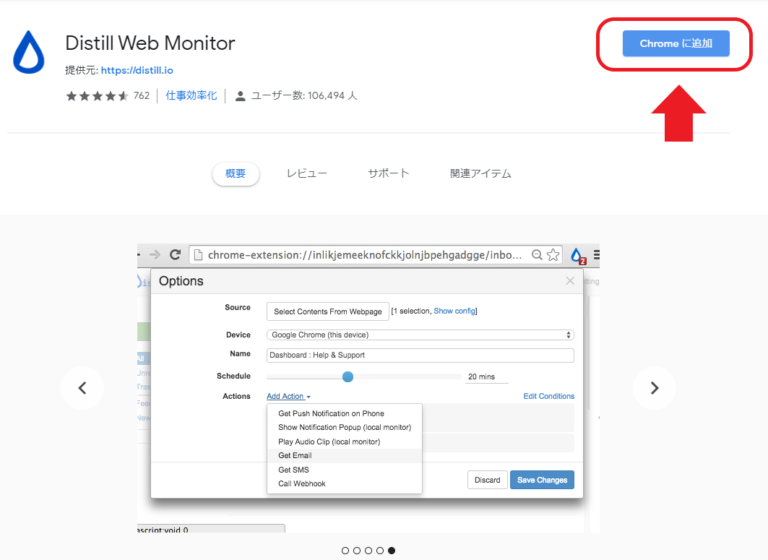
This problem is set to worsen as the sensing resolution and number of EO satellites in orbit increase 8, together with further restrictions on the radio-frequency spectrum and licensing availability. This adversely impacts time-sensitive applications such as disaster management where data is required at low latency to inform time-critical decision making. Limitations in downlink capacity and speed result in delayed data availability and inefficient use of ground stations. Currently, Earth observation (EO) satellites collect and downlink raw or low-compression-rate images for further processing on the ground 7. Satellite observations of the Earth’s surface provide vital data for diverse environmental applications, including disaster management 1, 2, landcover change detection 3, and ecological 4, urban 5 and agricultural 6 monitoring. Finally, we tested our approach on resource-limited hardware for assessing computational and memory limitations, simulating deployment on real hardware.
#Distill web monitor disqus series#
We verified the efficacy of our system on a dataset-which we release alongside this publication-composed of time series containing a catastrophic event, demonstrating that RaVÆn outperforms pixel-wise baselines. RaVÆn pre-processes the sampled data directly on the satellite and flags changed areas to prioritise for downlink, shortening the response time. In this paper, we introduce RaVÆn, a lightweight, unsupervised approach for change detection in satellite data based on Variational Auto-Encoders (VAEs), with the specific purpose of on-board deployment.


Constraints on the downlink capabilities, both in terms of data volume and timing, therefore heavily affect the response delay of any downstream application. Traditionally, data analysis is performed on the ground after being transferred-downlinked-to a ground station. Applications such as disaster management enormously benefit from rapid availability of satellite observations.


 0 kommentar(er)
0 kommentar(er)
